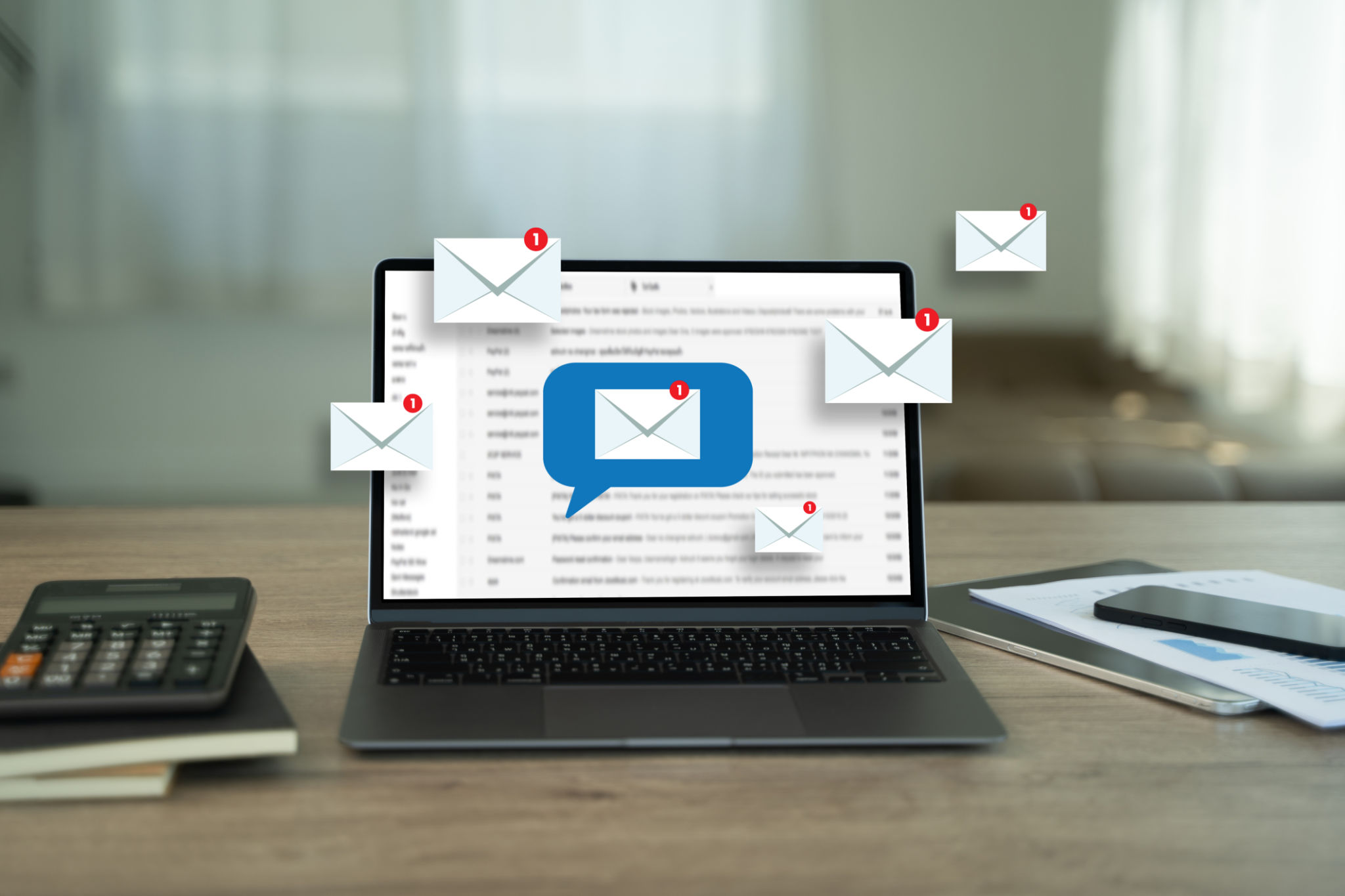Understanding Email Deliverability: A Comprehensive Guide
Introduction to Email Deliverability
In the digital marketing world, understanding email deliverability is crucial for the success of your campaigns. This essential concept determines whether your emails actually reach your subscribers' inboxes or get lost in cyberspace. With the right strategies, you can improve your email deliverability and ensure your messages make the desired impact.

What is Email Deliverability?
Email deliverability refers to the ability of an email to be successfully delivered to the recipient's inbox. It involves various factors that influence whether an email is accepted by the recipient's email server and reaches their inbox rather than being marked as spam or bouncing back. Understanding these factors is key to optimizing your email campaigns.
Factors Affecting Email Deliverability
Several elements can impact email deliverability, including sender reputation, email content, and recipient engagement. Ensuring that your emails are properly authenticated and your IP address is not blacklisted are vital steps in maintaining a good sender reputation. Moreover, crafting engaging and relevant content encourages recipients to interact with your emails, signaling to email providers that your messages are valuable.
Improving Your Sender Reputation
Your sender reputation is like a credit score for your emails. It reflects how trustworthy you are as a sender and directly influences whether your emails are delivered. To improve your sender reputation, follow best practices such as maintaining a clean email list, avoiding spammy language, and ensuring your emails comply with privacy laws such as GDPR or CAN-SPAM.

Authentication Protocols
Authentication protocols like SPF (Sender Policy Framework), DKIM (DomainKeys Identified Mail), and DMARC (Domain-based Message Authentication, Reporting & Conformance) play a critical role in email deliverability. These protocols verify that your emails are genuinely from you and help prevent phishing or spoofing attacks. Implementing these protocols is essential for establishing trust with email service providers.
Crafting Engaging Content
Content is king when it comes to email deliverability. Engaging content not only captures the attention of your audience but also reduces the likelihood of your emails being marked as spam. Focus on creating personalized, relevant, and valuable content that resonates with your subscribers' interests and needs.

Monitoring Engagement Metrics
Monitoring engagement metrics such as open rates, click-through rates, and conversion rates can provide valuable insights into how well your emails are performing. By understanding these metrics, you can identify areas for improvement and adjust your strategy accordingly to enhance deliverability.
Conclusion
Ensuring successful email deliverability is an ongoing process that requires attention to detail and adherence to best practices. By maintaining a strong sender reputation, implementing authentication protocols, crafting engaging content, and monitoring engagement metrics, you can significantly improve the chances of your emails reaching their intended audience. Remember that effective email marketing is not just about sending messages; it's about building meaningful connections with your subscribers.